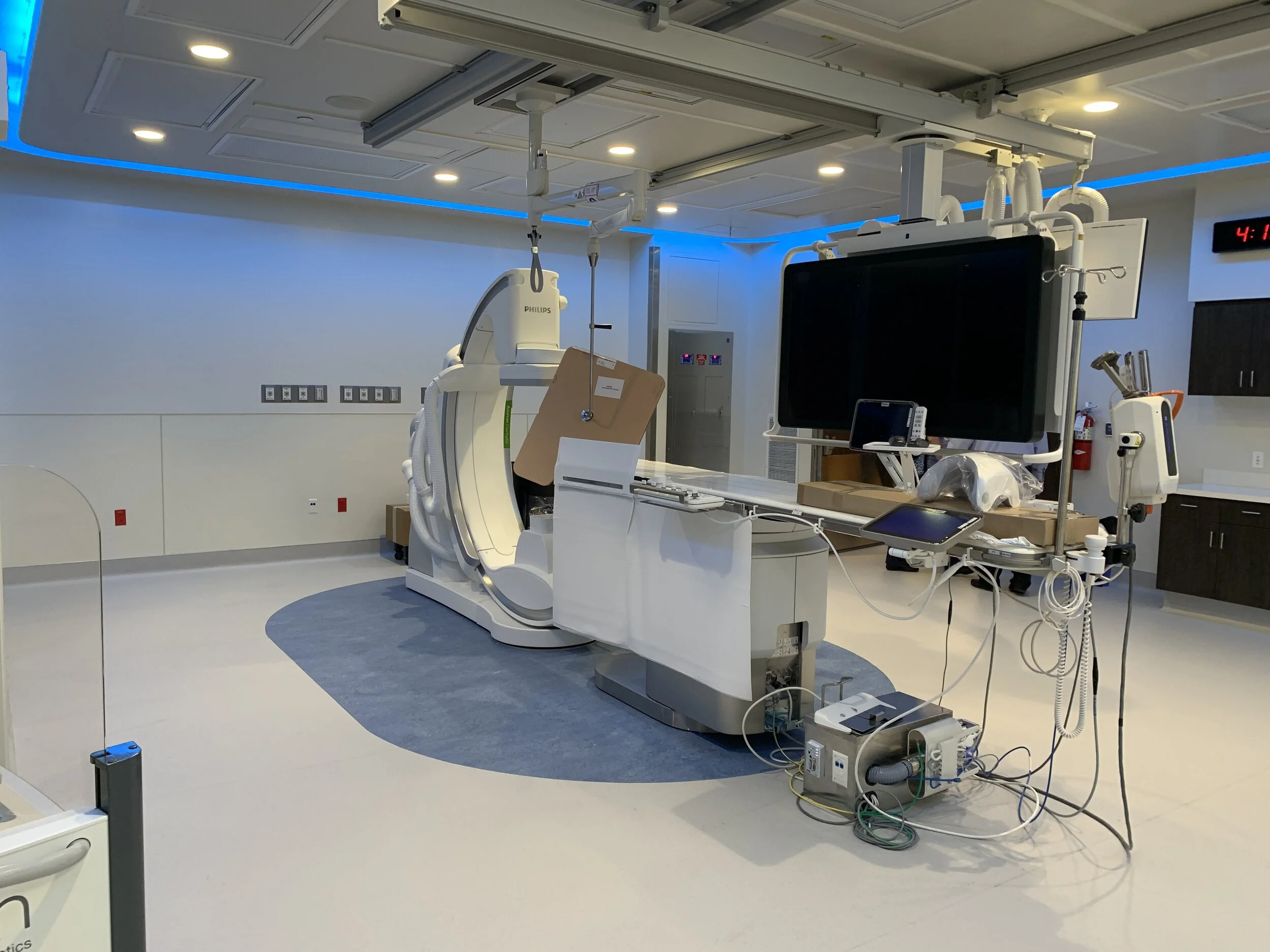Technically challenging projects of all sizes fit into Certus’s core area of expertise. Complicated single-room modalities such as the Baylor Scott & White – The Heart Hospital Plano Cath Lab 1 Replacement require technical engineering skills and an innovative approach.
Read MoreMethodist Charlton’s primary service area encompasses communities that have been identified as consistently experiencing the highest rates of breast cancer in the Dallas area.
Read MoreWhen designing backup, standby and emergency power systems for mission critical facilities, there are several considerations beyond NFPA 70: National Electrical Code and other building code requirements that must be addressed.
Read MoreEngineers should know the design concepts for selecting and sizing transformers, uninterruptible power supplies and switchgear to help achieve energy efficiency in various facilities, including data centers, hospitals and other buildings that require this equipment.
Read MoreElectrical engineers must understand the specific owner project requirements for the building’s power systems and ensure that the generator specification and system topologies meet all those requirements for cost, construction schedule, component performance and system maintainability.
This is a Q&A with the presenters from the circuit protection in electrical/power systems webinar.
Read MoreIn today’s ever-changing world, the balance between energy consumption, building infrastructure, and capital investment could not be more important.
Read MoreThe way a building is constructed is crucial to how capable it is of being environmentally sustainable over time. As a result, energy efficiency engineering has become extremely valuable. In this project, Certus team members engineered MEP systems with optimum energy performance.
Read MoreA hospital’s chiller plant provides vital cooling to essential patient care activities. Many facilities do not have a means for these critical systems to be backed up by the emergency power system, but adding this feature could be part of the answer in making any facility more resilient in this ever-changing world.
Read MoreWhen it comes to the art and science of planning and designing the MEP systems to support a hospital campus, large-scale experience is a determining factor in the type of MEP team you should choose.
Read MorePresenters from the critical power webcast on Dec. 11, 2018, answer questions left unaddressed during the live presentation.
Read MoreThe electrical engineer is responsible for designing power distribution systems for buildings. Understanding the full circuit-protection requirements will enable the engineer to design the safest and most reliable electrical distribution systems for buildings.
Read MoreVarious codes and standards address airflow distribution and locations of returns in different types of spaces. This session will present the reality of different airflow distribution strategies with a focus on infection prevention.
Read MoreNFPA 92: Standard for Smoke Control Systems provides fire protection engineers with guidance for the design and testing of smoke control systems.
Read MoreHealth care expansion-renovation projects pose many challenges, including designing a mechanical-electrical-plumbing (MEP) system that integrates existing, renovated and new building components; minimizing construction impacts on operations, revenue and patient care; and scheduling to enable timely commissioning, state licensing inspections and re-occupancy.
Read More














